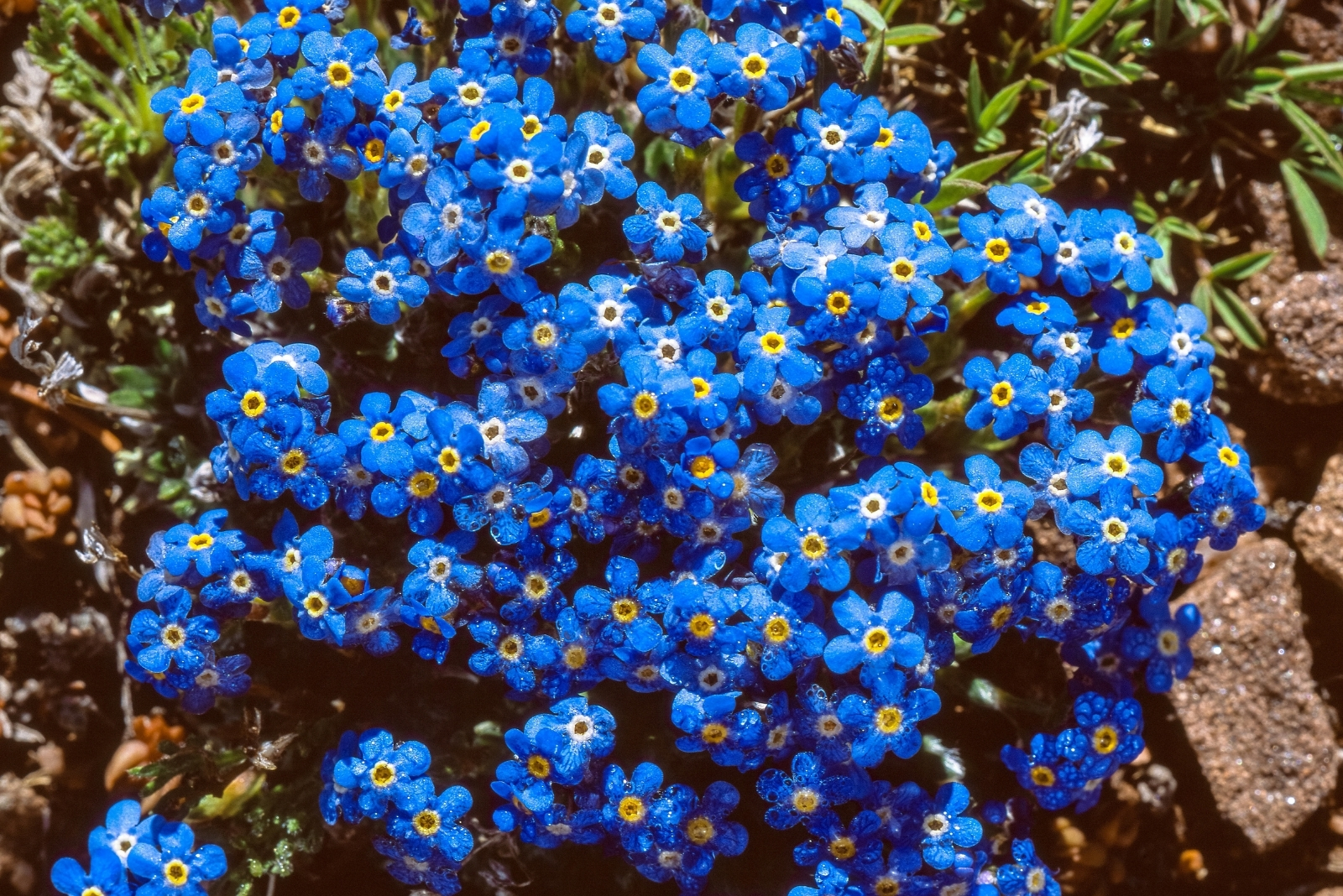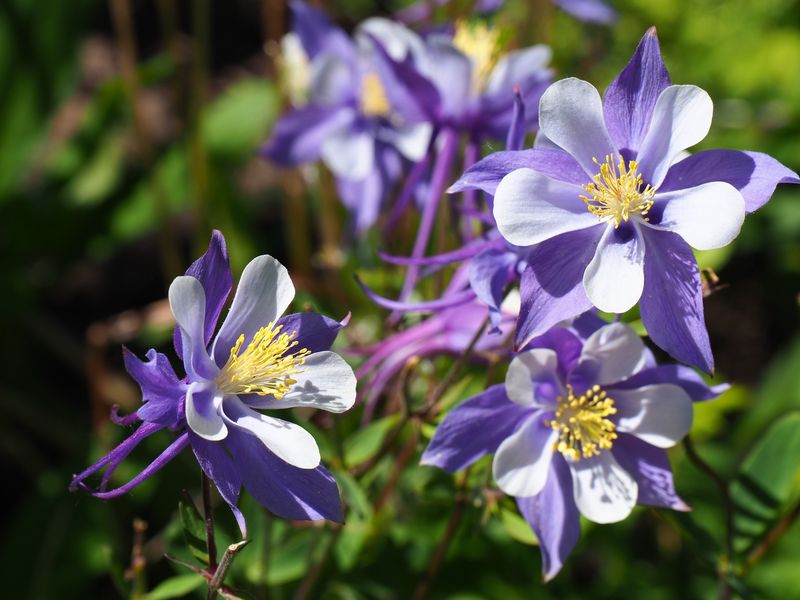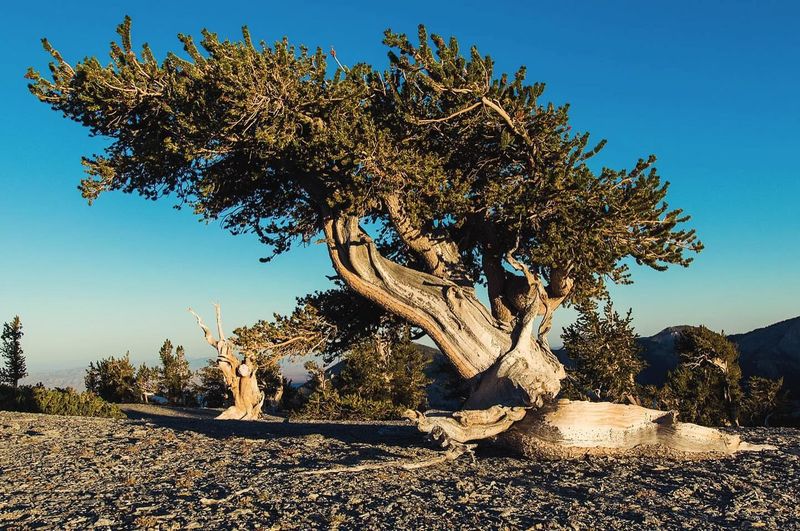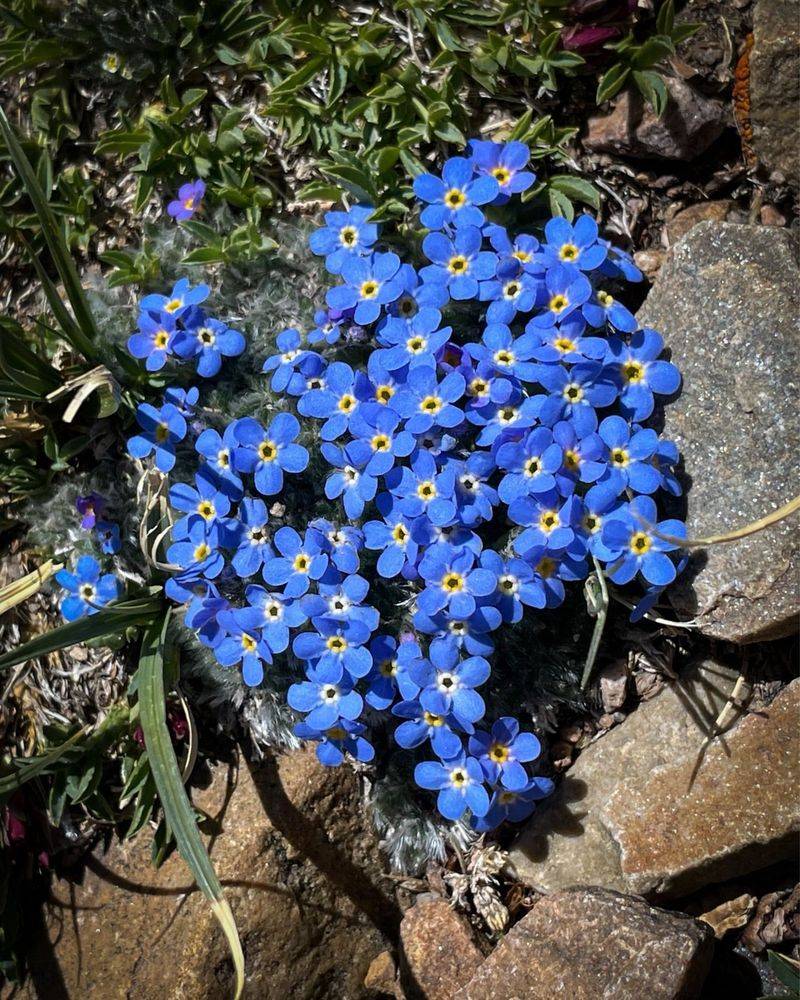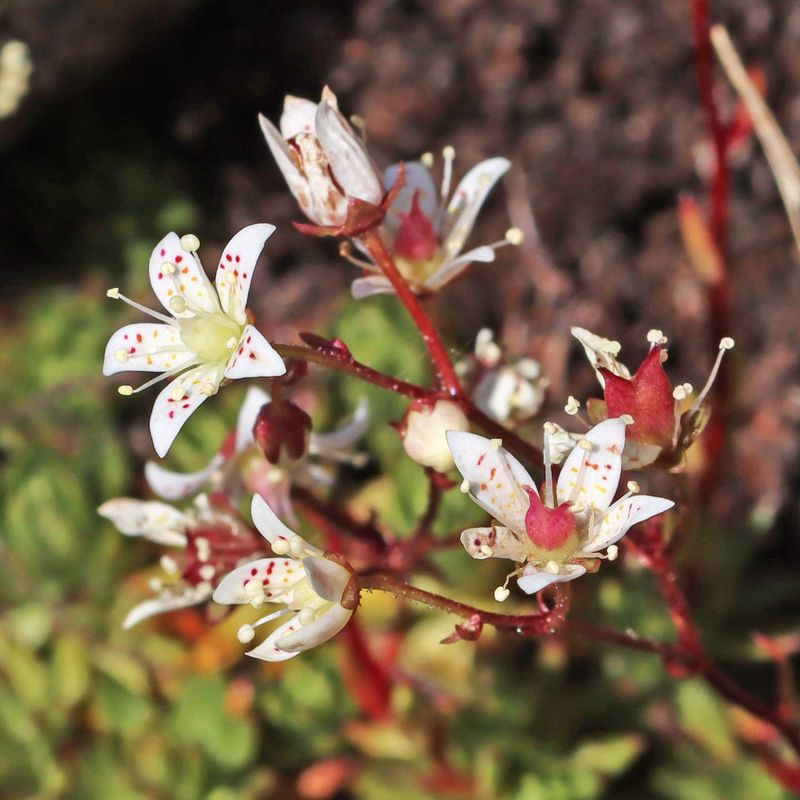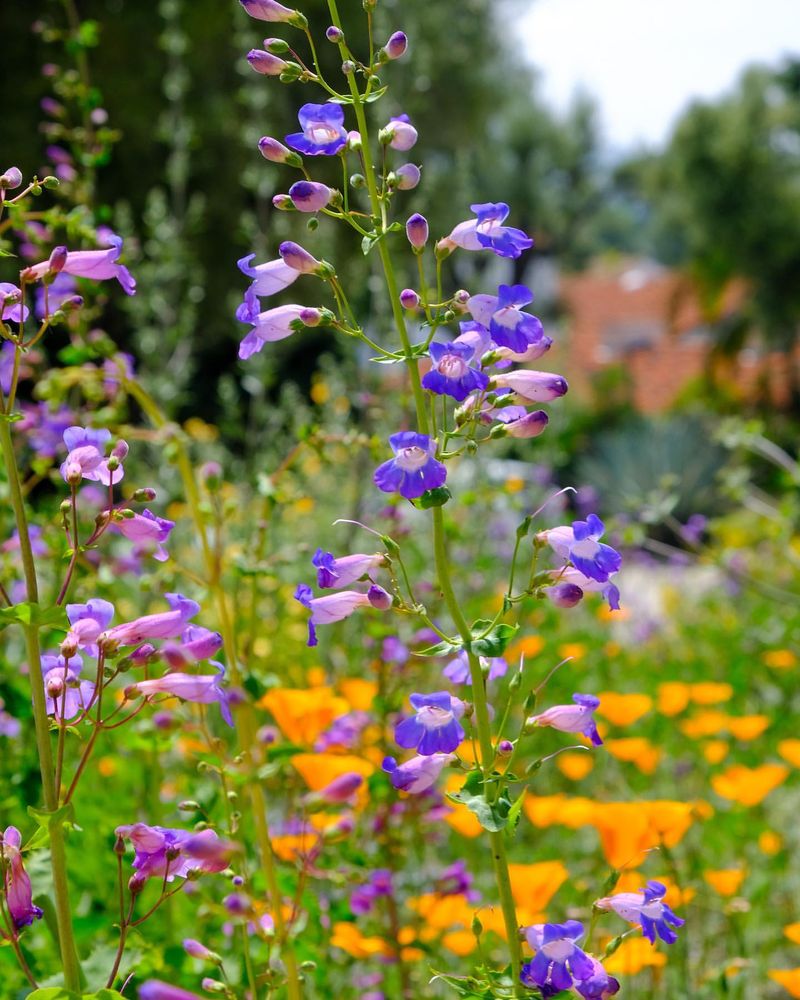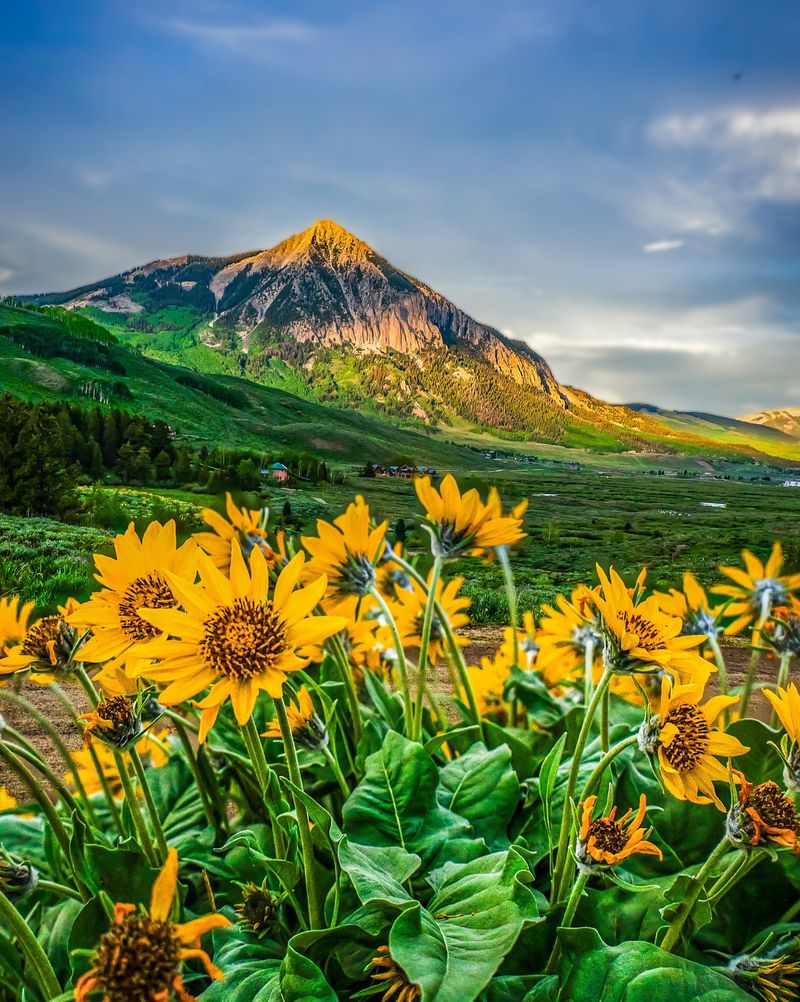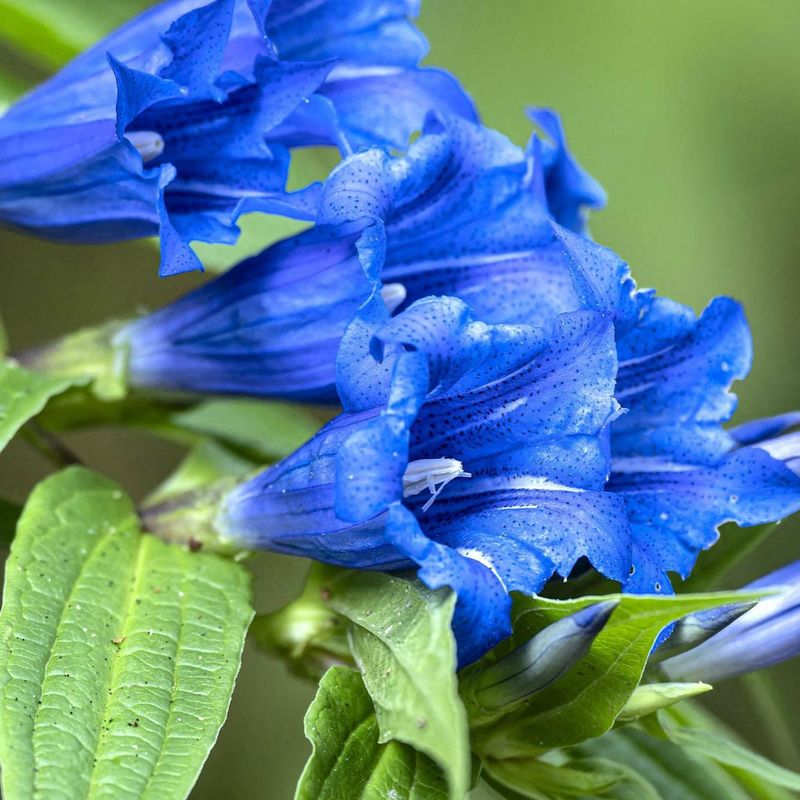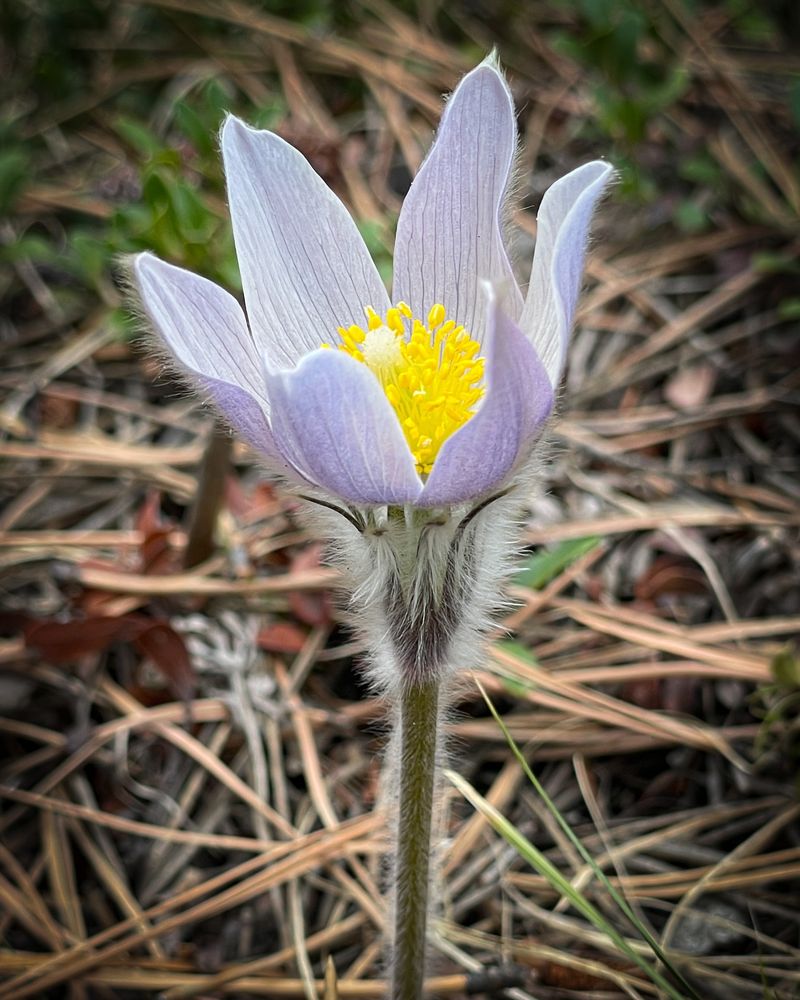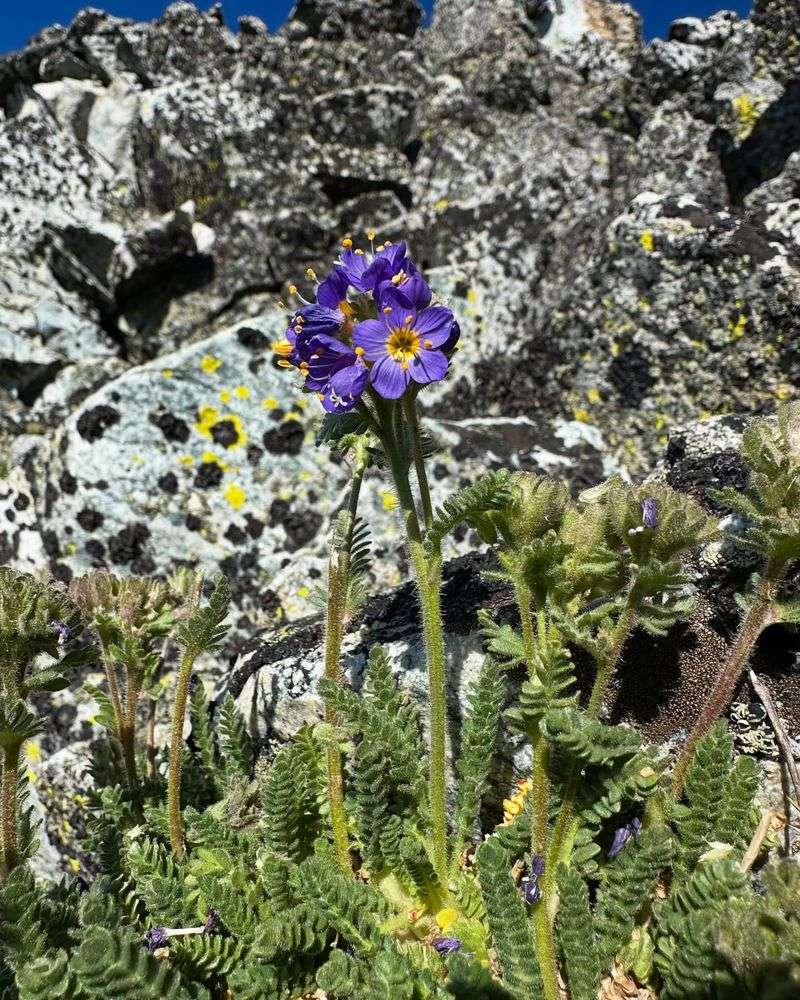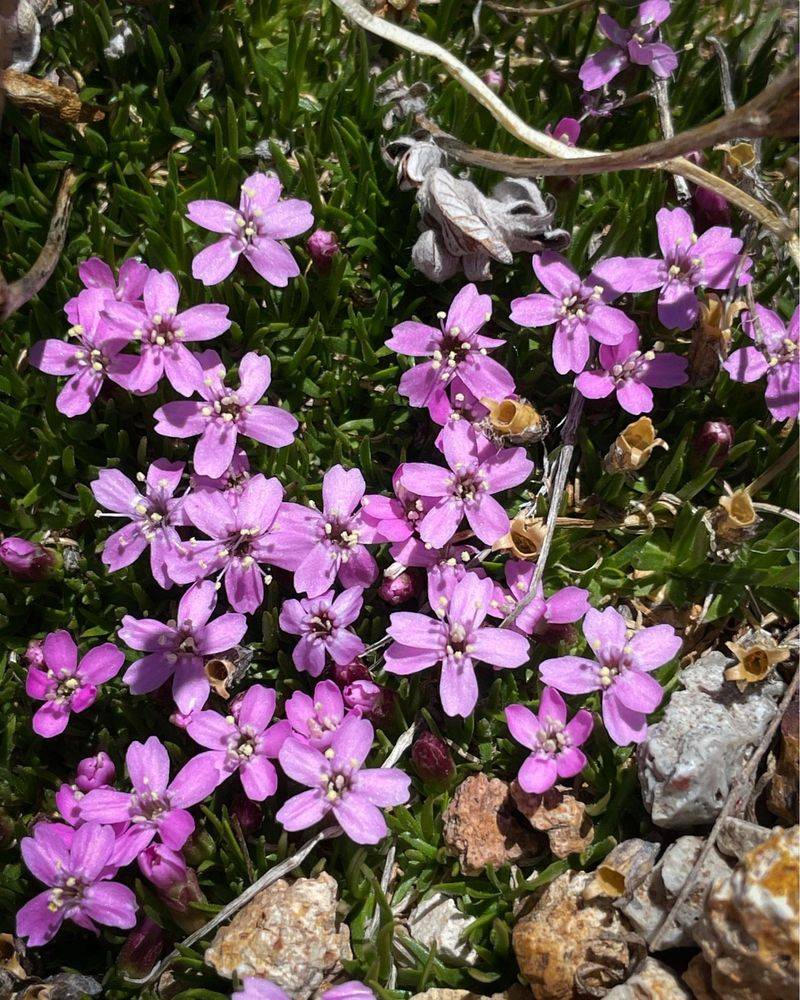If you’re looking for a garden experience unlike any other, Denver Botanic Gardens is the place to be. Up here in Colorado’s high altitude, plants show off in ways that are truly unforgettable.
Each trail leads to something new, from delicate alpine blooms to dramatic greenery. The gardens are alive with color, texture, and life at every turn.
Spending time here is like hitting pause on the world and letting nature work its charm.
1. Colorado Columbine
Colorado’s state flower thrives in the rocky terrain of the garden’s alpine section. With delicate blue-purple petals and a white center, these beauties dance in the slightest breeze.
Visitors from across Colorado come specifically to photograph these iconic flowers during their summer bloom. Their star-shaped flowers and distinctive spurred petals make them instantly recognizable to mountain hikers.
2. Bristlecone Pine
Among the oldest living organisms on Earth, some bristlecone pines have survived for thousands of years. Their twisted, weathered trunks tell stories of centuries gone by in Colorado’s harsh mountain climate.
The garden’s specimens showcase the remarkable adaptation these trees have developed. Their dense, resinous wood resists insects, fungi, and rot, allowing them to outlive most other plants in their ecosystem.
3. Alpine Forget-Me-Not
Tiny but mighty, these brilliant blue flowers create stunning carpets across the rock garden. Despite their delicate appearance, they’ve evolved to withstand Colorado’s harsh mountain conditions.
Each bloom measures less than half an inch across but packs a visual punch. The intense blue coloration helps attract pollinators in the sparse alpine environment where insect activity is limited by cold temperatures.
4. Saxifrage
Growing directly from cracks in rocks, saxifrage demonstrates nature’s persistence. The name literally means “rock-breaker” in Latin, perfectly describing how these plants thrive in seemingly impossible Colorado mountain crevices.
Tiny rosettes of leaves form cushions that trap heat and moisture. When flowering, they produce delicate blooms on short stems that barely rise above their foliage, a smart adaptation to avoid damage from high winds.
5. Penstemon
Hummingbirds flock to these tubular flowers that come in vibrant shades of blue, purple, and red. Native to Colorado’s mountainous regions, penstemons have adapted perfectly to the state’s dry conditions.
Their deep root systems allow them to access water far below the surface. Many Colorado gardeners have embraced these drought-tolerant beauties for sustainable landscaping, appreciating their long bloom time and minimal water requirements.
6. Alpine Sunflower
Unlike their tall cousins, these sunflowers grow close to the ground to avoid harsh winds. The bright yellow blooms seem to capture Colorado’s abundant sunshine, creating golden splashes across the alpine garden.
Despite growing at elevations where few plants survive, alpine sunflowers produce remarkably large flowers. Their fuzzy stems and leaves help insulate against cold and reduce water loss in the dry mountain air.
7. Gentian
Famous for their intense blue color, gentians bloom late in the season when most other flowers have faded. The trumpet-shaped blossoms create stunning displays in the Colorado garden’s alpine meadow section.
Their deep blue pigment evolved as a way to attract the few remaining pollinators of late summer. Throughout Colorado’s mountain communities, spotting a gentian is considered a special treat for hikers in August and September.
8. Pasque Flower
Often the first to bloom as snow melts, these purple pioneers announce spring’s arrival. Their furry stems and sepals serve as natural insulation against Colorado’s unpredictable spring frosts.
The name “Pasque” refers to Easter, reflecting their early bloom time. Throughout Colorado’s mountain regions, these resilient flowers can sometimes be seen poking through patches of melting snow, their purple blooms a welcome sight after winter.
9. Sky Pilot
Found only at the highest elevations, these plants produce clusters of blue-purple flowers that seem to reach for the sky. The garden’s specimens demonstrate how these plants have adapted to survive Colorado’s harsh alpine conditions above 12,000 feet.
A sticky resin covers their stems and leaves, protecting them from intense ultraviolet radiation. Few plants can match the sky pilot’s ability to thrive in the extreme environment that characterizes Colorado’s highest mountain zones.
10. Moss Campion
Forming tight, moss-like cushions, this plant creates its own microclimate to survive extreme conditions. The dense growth traps heat and moisture, essential survival tactics in Colorado’s harsh alpine environment.
When in bloom, the cushions become covered with tiny pink flowers that transform rocky areas into living carpets. Hikers throughout Colorado’s high country often spot these distinctive plants growing in exposed areas where few other species can survive.

